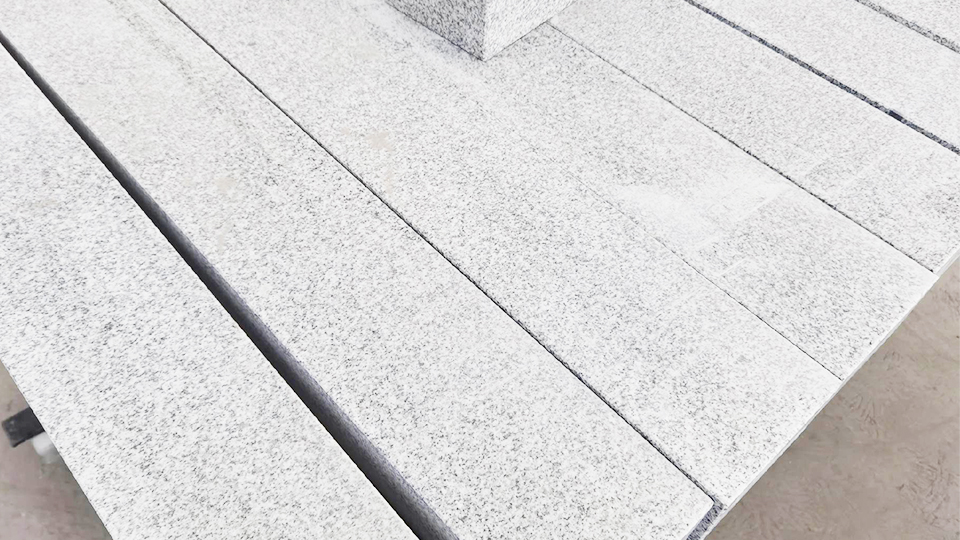

What Kind of Rock is Granite? A Comprehensive Geological Classification
Abstract:
Granite is one of the most recognizable and economically significant rocks on Earth, widely utilized in construction, monumentality, and decorative arts. Despite its ubiquity, a precise geological understanding of "what kind of rock is granite" extends beyond its common perception as a hard, speckled stone. This technical article provides a comprehensive classification of granite, detailing its formation process as an intrusive igneous rock, its essential mineralogical composition (quartz, feldspar, mica), its characteristic texture (phaneritic), and its emplacement within the Earth's crust. It further explores the chemical classification systems that precisely define granite and distinguish it from similar plutonic rocks, shedding light on the petrogenetic processes that lead to its diverse forms and global distribution
1. Introduction
Granite holds an almost iconic status in both the public imagination and the geological sciences. From ancient Egyptian obelisks to modern high-rise facades and ubiquitous kitchen countertops, its distinctive speckled appearance and remarkable durability have made it a cornerstone of human civilization for millennia. Its widespread utility, however, often overshadows a precise understanding of its fundamental geological identity. While commonly described as a "hard, igneous rock," a comprehensive answer to "what kind of rock is granite" requires a delve into its specific formation, mineralogical makeup, textural characteristics, and the precise nomenclature used by geologists.

The common perception of granite, while generally accurate regarding its hardness and crystalline nature, often lumps together various rocks that do not meet its strict geological definition. Rocks like gabbro, diorite, or even certain gneisses are frequently marketed commercially as "granite" due to similar aesthetic or performance attributes, blurring the lines for the non-specialist. This article aims to clarify these distinctions by providing a technical classification of granite, focusing on the petrological criteria that unequivocally define this fascinating rock type. By understanding its genesis deep within the Earth's crust, its specific mineral proportions, and the resulting textural evidence, one can appreciate granite not merely as a building material, but as a direct record of profound geological processes.
2. Fundamental Classification: Igneous Rock
At its most fundamental level, granite is classified as an igneous rock. This broad category of rocks is formed from the cooling and solidification of molten material, known as magma (when beneath the Earth's surface) or lava (when erupted onto the surface). The environment in which this cooling occurs profoundly dictates the rock's texture, providing the first critical sub-classification for granite.
2.1 Definition of Igneous Rocks
Igneous rocks are one of the three main rock types, alongside sedimentary and metamorphic rocks. Their formation process involves high temperatures and pressures that melt pre-existing rock material within the Earth's mantle or crust. As this molten material cools, whether slowly underground or rapidly on the surface, mineral crystals begin to form, eventually solidifying into a coherent rock mass.
2.2 Intrusive (Plutonic) vs. Extrusive (Volcanic) Formation
The cooling environment is paramount for igneous rock classification:
Extrusive (Volcanic) Rocks: These rocks form when lava erupts onto the Earth's surface or just beneath it. Exposed to the relatively cool atmosphere or water, lava cools very rapidly. This rapid cooling inhibits the substantial growth of mineral crystals, resulting in a fine-grained (aphanitic) texture where individual crystals are too small to be seen without magnification (e.g., basalt, rhyolite). Some volcanic rocks cool so quickly they form volcanic glass (obsidian).
Intrusive (Plutonic) Rocks: This is the category to which granite belongs. Intrusive igneous rocks form when magma cools and solidifies deep beneath the Earth's surface. The surrounding country rock (pre-existing rock) acts as an insulating blanket, significantly slowing the rate of heat loss from the magma body.
2.2.1 Deep-Seated Formation: Slow Cooling and Crystal Growth: The defining characteristic of intrusive formation is this prolonged cooling period, which can span hundreds of thousands to millions of years. During this extended timeframe, atoms within the magma have ample opportunity to migrate and arrange themselves into ordered crystalline lattices. This allows individual mineral grains to grow to macroscopic sizes.
2.2.2 The Result: Phaneritic (Coarse-Grained) Texture: The direct consequence of this slow crystallization is granite's characteristic phaneritic texture. The term "phaneritic" (from Greek phaneros, meaning "visible") signifies that the constituent mineral crystals are large enough to be readily visible to the naked eye. This distinguishes granite from its extrusive equivalent, rhyolite, which has the same chemical composition but a fine-grained texture due to rapid cooling. When one observes a granite outcrop or a polished slab, the clear visibility of distinct mineral grains – sparkling quartz, pink or white feldspar, and dark flakes of mica – is direct evidence of its deep-seated, intrusive origin.

2.3 Magma Composition: Silicic / Felsic
Beyond its intrusive origin, granite is further classified by the chemical composition of the magma from which it crystallized. Granite forms from silicic (or felsic) magma.
2.3.1 High Silica Content (SiO2): Silicic magmas are characterized by a high concentration of silicon dioxide (SiO2), typically exceeding 63% by weight. This high silica content contributes to the magma's viscosity and influences the types of minerals that crystallize upon cooling.
2.3.2 Abundance of Felsic (Light-Colored) Minerals: The term "felsic" is an acronym derived from feldspar and silica (quartz). Felsic rocks are generally light in color due to the predominance of light-colored minerals such as quartz and feldspar. These minerals are rich in lighter elements like silicon, oxygen, aluminum, sodium, and potassium. This contrasts with "mafic" rocks (e.g., basalt, gabbro), which are rich in magnesium and iron, and thus typically darker in color. The light coloration, therefore, is another visual clue to granite's fundamental chemical classification.
Name: selena
Mobile:8613176910558
Tel:86-13176910558
Whatsapp:8619323167067
Email:409284553@qq.com
Add:Laizhou ,Shandong , Shandong Province, China